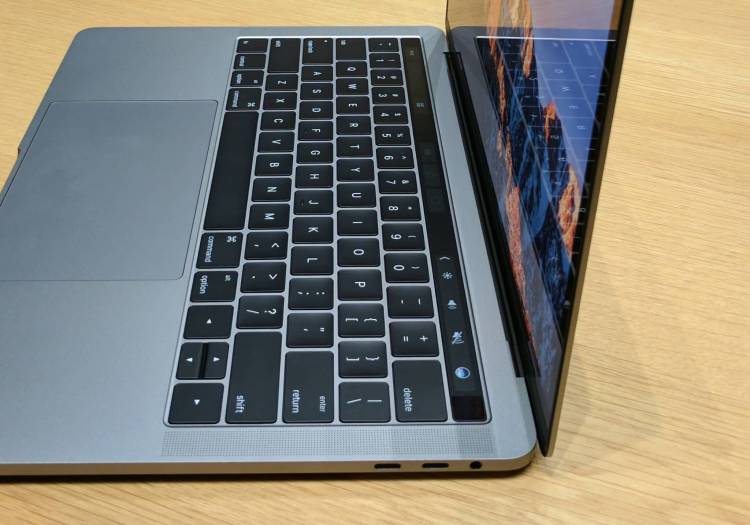Remember all the jokes people made about the lack of a physical escape key on the new MacBook Pro models with a Touch Bar at the top of the keyboard? My favorite was a picture of a physical escape key that used a wired connection to connect to the MacBook Pro.
Well, one developer thought up a different workaround that’s both funny and clever. You can use the display on a connected iPhone or iPad any time you need to hit escape while typing on the new MacBook Pro with Touch Bar.
And you can do it without dropping a dime, because it’s reliant on open-source software. Called ESCapey, it’s dryly described on GitHub as “an ESC key solution for new Apple [l]aptops.” It was trending this week on GitHub, so it seems some people find it interesting, even though the person behind it, Brian Michel of New York food delivery startup Ando, provided a big fat disclaimer.
“This is garbage code that I wrote to amuse myself, don’t depend on it, unless you’d really like to for whatever reason,” Michel wrote in ESCapey’s known issues section. That said, Michel did tell me in an email that he’s verified that the tool works on his mid-2014 15-inch Retina MacBook Pro paired with an iPhone running iOS 10. He hasn’t tested it on a new MacBook Pro with a Touch Bar but he figures that it should work.
But certain people might actually want to give this thing a go, because the escape key can play an important role when you’re using software like the vi editor.
If ESCapey isn’t really what you’re looking for, though, you can just remap the caps lock, control, option, or command keys to do the job of the hardware escape key, as part of macOS Sierra. Instructions are here.
VentureBeat's mission is to be a digital town square for technical decision-makers to gain knowledge about transformative enterprise technology and transact. Learn More

